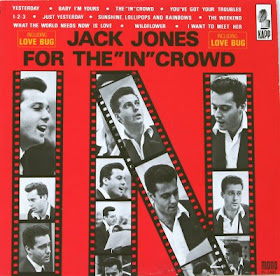The Wisconsin Dells bills itself as the water park capital of the world. Basically, a family destination. Families have kids. Kids like the circus. So, Circus World is a good place for kids, right? Maybe -- you be the judge:

Are you ready to enter? It's okay to say no -- we can meet you back at the gift shop . . .

What we know now as Circus World has its origins as the wintering grounds of the legendary Ringling Brothers circus. As this poster illustrates, there were 5 brothers, and they started with little, and wound up creating the greatest show on earth! Here's some of their story:


We learn that it might have been the "Rungeling Brothers" -- with an umlaut. Doesn't say "three ring circus" does it?
Although the Ringling Brothers circus is Baraboo's claim to fame, Circus World opens its archives to all circuses, greatest show on earth or not. They have a nice collection of vintage posters, full of, shall we say, a lack of a certain measure of cultural sensitivity. Of course, the circus would never promote itself these days with such images -- now they leave that kind of thing to the people carrying signs at tea bagger protests.
Have a look:




Of course, back then we didn't know that pointing at people who were different and other cultures and saying "that's freaky!" wasn't nice. Now we know to keep that in close company.
They were really just trying to trade on all things "exotic" to draw a crowd. Here are some other attempts:






I should be careful. Years from now, we'll look back and wonder how we could gawk at people confined to a life of walking on their heads. Let's get back to some old fashioned freaks at the "sideshow" section of Circus World:







The circus also apparently had its own chaplain:
 Looks likes they're trying to heal that lion -- and it's nice that the circus is being sent off by choir boys. Vaya con Dios!
Looks likes they're trying to heal that lion -- and it's nice that the circus is being sent off by choir boys. Vaya con Dios! You may not want to run away to join the circus, but, from the convenience of your own home, you can join the circus fans! It probably keeps the circus in your life all year around. In fact, I liked this sentiment from the management:
You may not want to run away to join the circus, but, from the convenience of your own home, you can join the circus fans! It probably keeps the circus in your life all year around. In fact, I liked this sentiment from the management: Indeed -- no carry-ins allowed -- I couldn't have said it better. Oh, and may all your days be circus days!!!
Indeed -- no carry-ins allowed -- I couldn't have said it better. Oh, and may all your days be circus days!!!


















